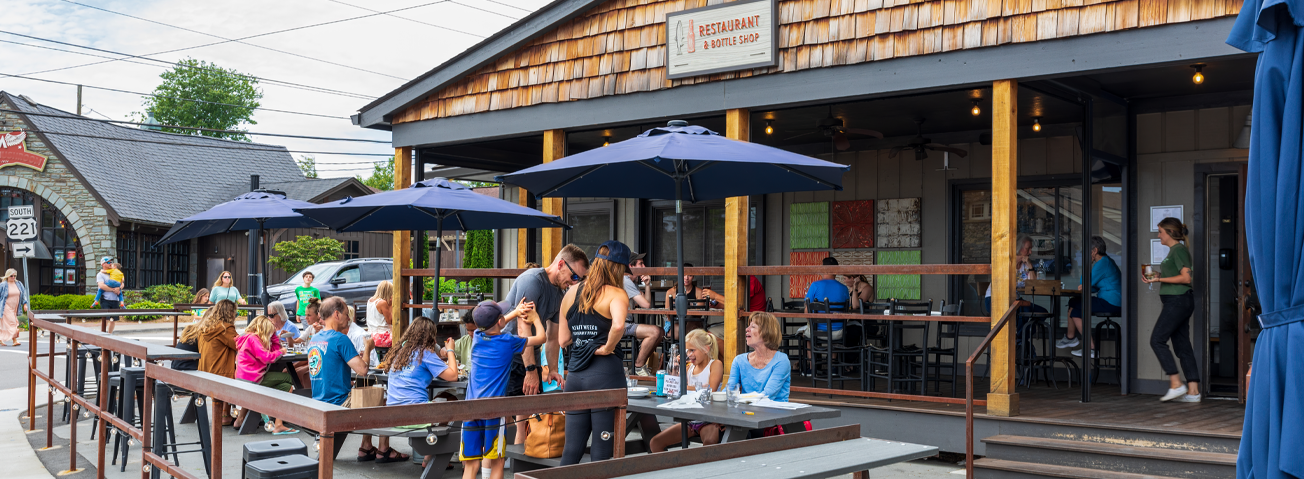
Limited-Service Restaurants Closing Gap With Full-Service Establishments in Rural United States
- by Keenan Marchesi
- 6/21/2023
Food-away-from-home spending and consumption have been on the rise in the United States for nearly 10 years, accounting for more than 50 percent of total food spending as of 2019 and nearly 25 percent of calories consumed as of 2017–18. The number of food-away-from-home establishments also has been rising to meet shifts in consumer demand. For the rural U.S. food-away-from-home landscape, economists from the USDA, Economic Research Service (ERS) and the University of Arkansas recently documented three decades of changes using proprietary data from the National Establishment Time Series (NETS) database and the ERS Rural-Urban Continuum Codes.
NETS provides geographic, employment, and sales information for all sectors of the U.S. economy. Using NETS, the economists identified how much the food-service sector in rural counties has grown and how options vary from one county to the next. Rural counties and county equivalents (such as Louisiana parishes) include those that are completely rural or have fewer than 2,500 people in an urban area within the county. The research focused on full-service restaurants, limited-service restaurants (fast food or quick service), baked goods stores, caterers, and food trucks. Limited-service restaurants typically specialize in a particular type of food, such as hamburgers, pizza, or chicken, and customers order and pay at a counter before they get their food or beverage. Full-service restaurants typically offer table service and range from casual to fine-dining restaurants.
In 1990, full-service restaurants were the most common restaurant type in U.S. rural counties. With 4,084 restaurants, they made up nearly 76 percent of all types of food-away-from-home establishments in rural counties. Limited-service restaurants accounted for about 18 percent of rural food-away-from-home establishments with 961 restaurants. Since then, the popularity of limited-service dining has grown in total number of establishments and as a share of the food-away-from-home market. As of 2019, the share of limited-service restaurants doubled to 36 percent of all food-away-from-home establishments, and the total number nearly tripled to 2,871 restaurants. The total number of full-service restaurants grew slightly, reaching 4,376 in 2019 and accounting for 54 percent of all food-away-from-home establishments.
Shifts in the type of food-away-from-home establishments available to consumers in rural areas could affect consumers’ diets. While both full- and limited-service restaurants are associated with higher caloric intake than food-at-home meals, there are differences between the two. For instance, full-service restaurant meals tend to be associated with slightly fewer calories but far more sodium than limited-service meals. As research explores the implications associated with the Coronavirus (COVID-19) pandemic, these observed prepandemic changes provide a baseline for understanding later shifts in the food-away-from-home landscape among rural communities.
This article is drawn from:
- Marchesi, K., Byrne, A.T. & Malone, T. (2023). The Rural Food-Away-from-Home Landscape, 1990–2019. U.S. Department of Agriculture, Economic Research Service. EIB-253.
You may also like:
- Stevens, A., Cho, C., Cakir, M., Kong, X. & Boland, M.A. (2021). The Food Retail Landscape Across Rural America. U.S. Department of Agriculture, Economic Research Service. EIB-223.


